George Stantchev
A Topological Approach for Motion Track Discrimination
Feb 10, 2021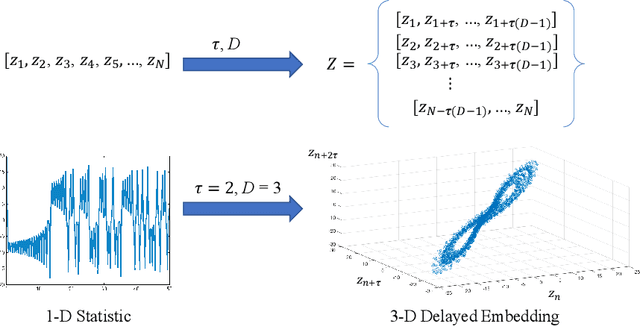
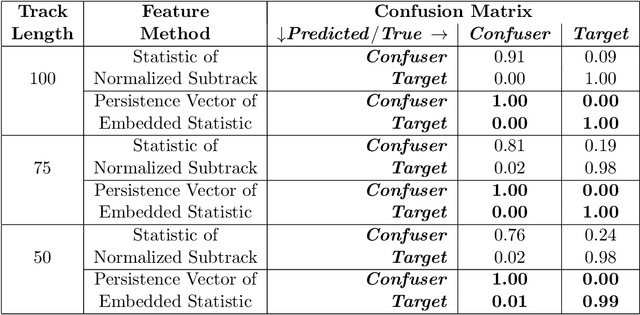
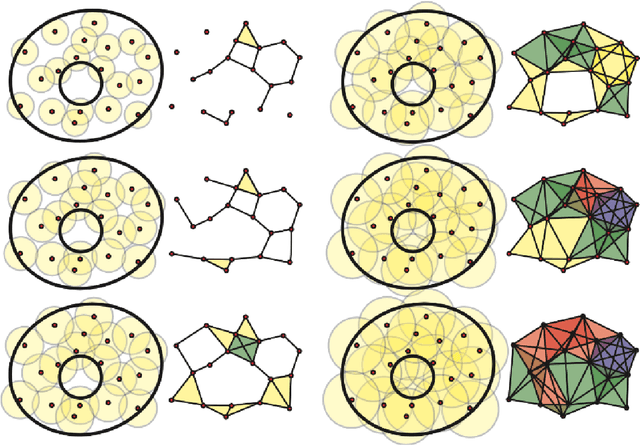
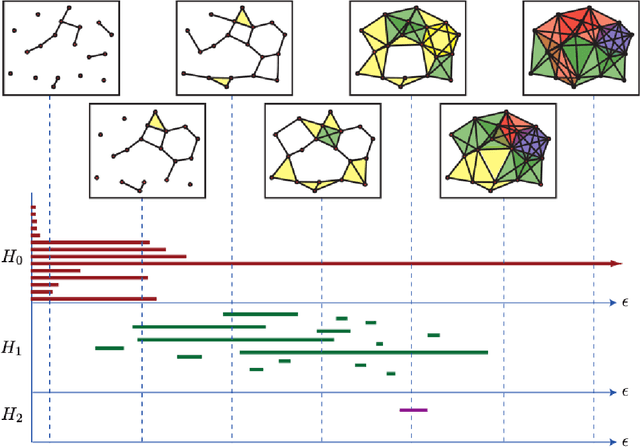
Abstract:Detecting small targets at range is difficult because there is not enough spatial information present in an image sub-region containing the target to use correlation-based methods to differentiate it from dynamic confusers present in the scene. Moreover, this lack of spatial information also disqualifies the use of most state-of-the-art deep learning image-based classifiers. Here, we use characteristics of target tracks extracted from video sequences as data from which to derive distinguishing topological features that help robustly differentiate targets of interest from confusers. In particular, we calculate persistent homology from time-delayed embeddings of dynamic statistics calculated from motion tracks extracted from a wide field-of-view video stream. In short, we use topological methods to extract features related to target motion dynamics that are useful for classification and disambiguation and show that small targets can be detected at range with high probability.
When Wireless Security Meets Machine Learning: Motivation, Challenges, and Research Directions
Jan 24, 2020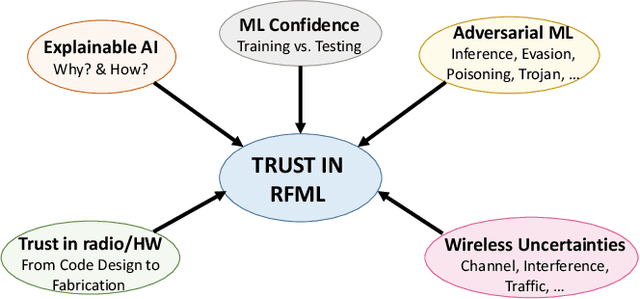
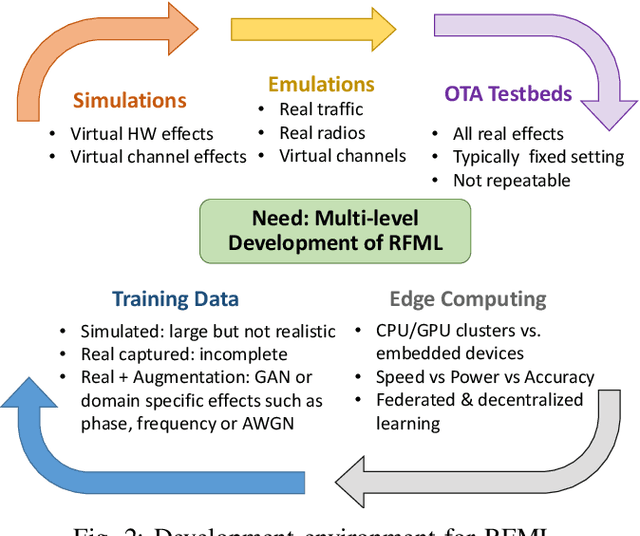
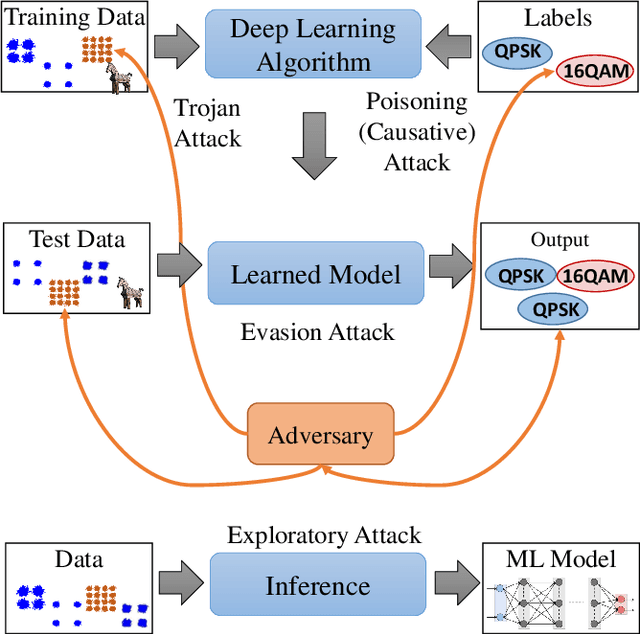

Abstract:Wireless systems are vulnerable to various attacks such as jamming and eavesdropping due to the shared and broadcast nature of wireless medium. To support both attack and defense strategies, machine learning (ML) provides automated means to learn from and adapt to wireless communication characteristics that are hard to capture by hand-crafted features and models. This article discusses motivation, background, and scope of research efforts that bridge ML and wireless security. Motivated by research directions surveyed in the context of ML for wireless security, ML-based attack and defense solutions and emerging adversarial ML techniques in the wireless domain are identified along with a roadmap to foster research efforts in bridging ML and wireless security.
 Add to Chrome
Add to Chrome Add to Firefox
Add to Firefox Add to Edge
Add to Edge